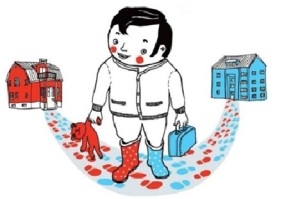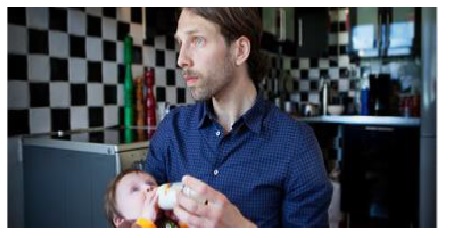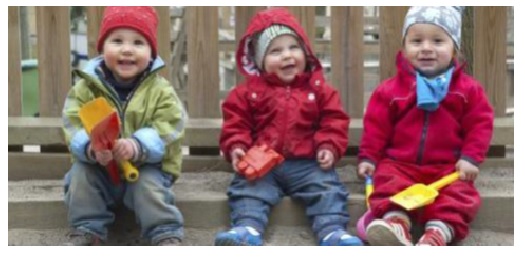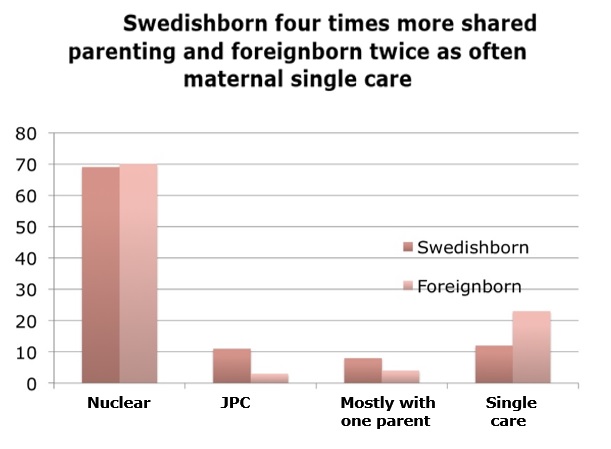Shared parenting in Sweden and elsewhere – are kids different ?
By Dr Malin Bergström
 Presentation to the 2nd International Conference on Shared Parenting, Dec 2015. Organised by International Council for Shared Parenting, Bonn, Germany
Presentation to the 2nd International Conference on Shared Parenting, Dec 2015. Organised by International Council for Shared Parenting, Bonn, Germany
Data from: Centre for Health and Equity Studies (CHESS)
CHESS is a collaboration between Stockholm University and Karolinska Institutet (for previous publications by Dr Malin Bergström see Appendix 1).
Mental health and well-being in children in shared parenting and other living arrangements
Aim of the Elvis–project
 To study the well-being, mental health and social situation in pre-schoolers, children and adolescents with shared parenting.
To study the well-being, mental health and social situation in pre-schoolers, children and adolescents with shared parenting.
Definition of shared parenting and joint physical custody (JPC)
Children live alternatively and approximately equally much in each parent’s home after a separation.
In Sweden the share of residence time with each parent is 50/50.
 The proportion of children living with separated parents as well as being in joint care for; Australia; UK; Norway; Canada; Netherlands; Denmark; and Sweden, are shown above.
The proportion of children living with separated parents as well as being in joint care for; Australia; UK; Norway; Canada; Netherlands; Denmark; and Sweden, are shown above.
Parental leave
 Swedish law has been gender neutral since 1974
Swedish law has been gender neutral since 1974- Legal right to stay home until child is aged 18 months old
- 16 months paid parental leave
- 8 for one parent, 8 for the other
- 2-3 months exclusive for each parent
- Legal right to work part-time until child age 8 years
- Sick leave until child age 12 years
Separation
- 500,000 (i.e. 25%) of Swedish children have separated parents

- 14% of these children are aged 5 years
- 14% of parents in mediation
- 2 % custody disputes in court
The majority of children live with both parents (%)
Ref: Bergström M, Modin B, Fransson E, Rajmil L, Berlin M, Gustafsson PA, Hjern A. ‘Living in two homes-a Swedish national survey of wellbeing in 12 and 15 year olds with joint physical custody.’ BMC Public Health. 2013 Sep 22;13:868.
Co-parenting as the norm
Pre-school
Adolescents
Satisfaction in Swedish parents with children aged 0-18 (sample N=1,444).
Child level
 Jablonska B & Lindberg L. ‘Risk behaviours, victimisations and mental distress among adolescents in different family structures. Soc. Psychiatry Pychiartr. Epidemiol. 2007 Aug: 24(8): 656-63. Epub 2007 May 23.
Jablonska B & Lindberg L. ‘Risk behaviours, victimisations and mental distress among adolescents in different family structures. Soc. Psychiatry Pychiartr. Epidemiol. 2007 Aug: 24(8): 656-63. Epub 2007 May 23.
 Note: SDQ is the ‘Strengths and Difficulties Questionnaire’ (SDQ) used as a brief behavioural screening questionnaire for children aged between 3-16 year olds. It exists in several versions to meet the needs of researchers, clinicians and educationalists. Each version includes between one and three of the following components. All versions of the SDQ ask about 25 attributes, some positive and others negative. These 25 items are divided between 5 scales:
Note: SDQ is the ‘Strengths and Difficulties Questionnaire’ (SDQ) used as a brief behavioural screening questionnaire for children aged between 3-16 year olds. It exists in several versions to meet the needs of researchers, clinicians and educationalists. Each version includes between one and three of the following components. All versions of the SDQ ask about 25 attributes, some positive and others negative. These 25 items are divided between 5 scales:
Swedish epidemiological studies
Jablonska & Lindberg 2007:
- More 15 year olds in JPC families have been drunk than in intact families
- Risk behaviours (smoking, drugs, alcohol, victimisation), same in JPC families and intact families [but more in ‘single parent families’, see below – Ed]
- More risk behaviours in single parent families
Carlsund et al. 2013:
- More smoking and drinking in non–intact families
- Single care but not JPC have higher risks for conduct problems and sexualised behaviour
Children in shared parenting arrangements rate their relationship to parents as about the same as those in nuclear families. Especially the relationships to their fathers are particularly good.
Shared parenting for the youngest – our next step
Preliminary analyses of 2-7 year olds
- Study population 2,767 Nordic children aged between 2-7 years.

- Shared parenting 3.7% sample size n=99 (22 were aged 2-3 years)
- Single care 6.8%, sample n=187
- Nuclear family 89.7%, sample n=2,767
- No statistically significant difference in mean SDQ scores between nuclear and shared.
- Single care – more problems.
E N D
Appendix 1
Previous publications by Dr Malin Bergström:
- Bergström, M. (2012). Barn med växelvis boende. I Berlin, M (red) Skolans betydelse för barns och ungas psykiska hälsa – en studie baserad på den nationella totalundersökningen i årskurs 6 och 9 hösten 2009. Socialstyrelsen. (In Swedish)
- Bergström, M., B. Modin, E. Fransson, L. Rajmil, M. Berlin, P. A. Gustafsson and A. Hjern (2013). “Living in two homes-a Swedish national survey of wellbeing in 12 and 15 year olds with joint physical custody.” BMC Public Health 13(1): 868.
- Bergström, M., E. Fransson, A. Hjern, L. Köhler and Wallby, T. (2014). “Mental health in Swedish children living in joint physical custody and their parents’ life satisfaction: A cross-sectional study.” Scandinavian Journal of Psychology 55(5): 433-439.
- Låftman, S. B., M. Bergström, B. Modin and V. Östberg (2014). “Joint physical custody, turning to parents for emotional support, and subjective health: A study of adolescents in Stockholm, Sweden.” Scand J Public Health.
- Fransson, E., L. Folkesson, M. Bergström, V. Östberg and P. Lindfors (2014). “Exploring salivary cortisol and recurrent pain in mid-adolescents living in two homes.” BMC Psychology 2(46).
- Bergström, M., E. Fransson, B. Modin, M. Berlin, P. A. Gustafsson and A. Hjern (2015). “Fifty moves a year: is there an association between joint physical custody and psychosomatic problems in children?” Journal of Epidemiology and Community Health.
- Fransson, E., Turunen, J. Hjern, A., Östberg, V. and Bergström, M. (2015). “Psychological complaints among children in joint physical custody and other family types: considering parental factors.” Scand J Public Health (e-pub ahead of print).
- Fransson, E., Hjern A., Bergström M. (2015). “Barn I växelvis boende-en forskningsöversikt”. CHESS, Stockholms Universitet & Karolinska Institutet. (In Swedish)
- Bergström, M., Hjern, A., Fransson, E. (2015). Växelvis boende – ett socialt experiment eller tryggast för barnen? Länsförsäkringsbolagens Forskningsfond. (In Swedish)
- Fransson, E., Sarkadi, A., Hjern,, A., Bergström, M.(under review at Journal of child and family studies).“Why should they live more with one of us when they are children to us both?” – Parents’ experiences and practical solutions of equal joint physical custody for children 0-4 years of age.
- Fransson, E., Brolin Låftman, S., Bergström, M., Hjern, A., & Östberg, V. (Manuscript). ”Children’s living conditions in joint physical custody – the Swedish example”.
- Turunen, J., Bergström, M. & Fransson, E. (Manuscript). “Children’s self-esteem in relation to living arrangements after a parental separation.”
- Bergström M, Hjern A, Fransson E. (Manuscript) Children with two families-psychological problems in relation to living arrangements in Nordic 2-7 year olds.
- Bergström, M, Sarkadi, A, Hjern, A, Fransson, E. (Manuscript) “We also communicate through a book in the diaper bag”- separated parents´ways of arranging shared parenting for their 0-4 year olds
Ref. source:














Write please to Simonetta Somaruga, swiss minister of justice departement and tell her that all ! – Switzerland has very low protection and fairness for fathers and children.
Reblogged this on Alienated Dad: Based on a True Story.